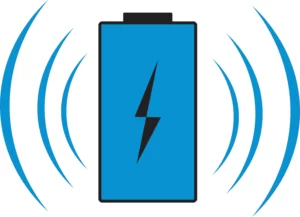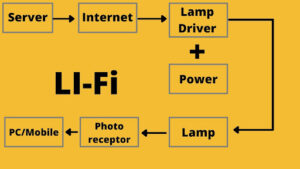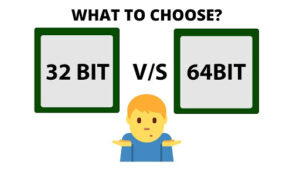PACKET SWITCHING
one computer to another, it is broken into pieces called packets using the TCP (Transmission
Control Protocol) protocol. Using IP (Internet Protocol), a long message up to
1500 bytes is put into packets. Each packet has the address of the sender and also the destination called IP addresses.
These packets are sent from one
network to another till they all reach their destination. At the
destination, the TCP reassembles the packets into a complete message. Usually,
all the packets in a single message may not take the same route through the
Internet or for the same message to take the same route each time it is sent. Long
messages are broken into smaller units called packets. Each packet contains a
header, which includes destination and source identifiers or addresses and
packet numbers. Packets from several sources are routed to their destinations,
where they are reassembled into their original messages.
The packets are sent continually as
long as there are messages to be sent. They are sent to various destination
stations in a mixed sequence, which results in continually receiving data until
all packets of the messages are received. The receiving stations then utilize the destination addresses to identify packets intended for that
station. The next packet number in the headers is used by the receiving stations to
assemble the messages into the complete and correct order. This network
switching, called packet switching, is used with many different networks. On the Internet, normally a length of a packet is about one kilobyte(1KB), or a thousand characters. A large data is divided into thousands of individual packets. “Header” is the beginning of a packet and it records the following information
Source: this is the IP address of the computer which sent the packet.
Destination: Destination is the IP address
of the destination computer.
Length: The length of the packet in bytes. this is the total number of packets in the complete message.
Sequence: The number of a packet in the entire list of packets making up this communication. This data
provides information. The Internet router needs to get packets and messages
to its destination. For example, a destination computer can request the
retransmission of missing packets, since it knows the number of total packets
and therefore can figure out which ones it does not have.
In case of additional reliability, there is an error correction code in Internet packet headers that contain, a
number representing a mathematical combination of the rest of the packet data. In transmission, If there a single bit of the packet is changed, then
recalculation of the error correction code by a router won’t match the code
transmitted with the message, the packet will be discarded and after that, a request will occur that will tell for retransmission.




